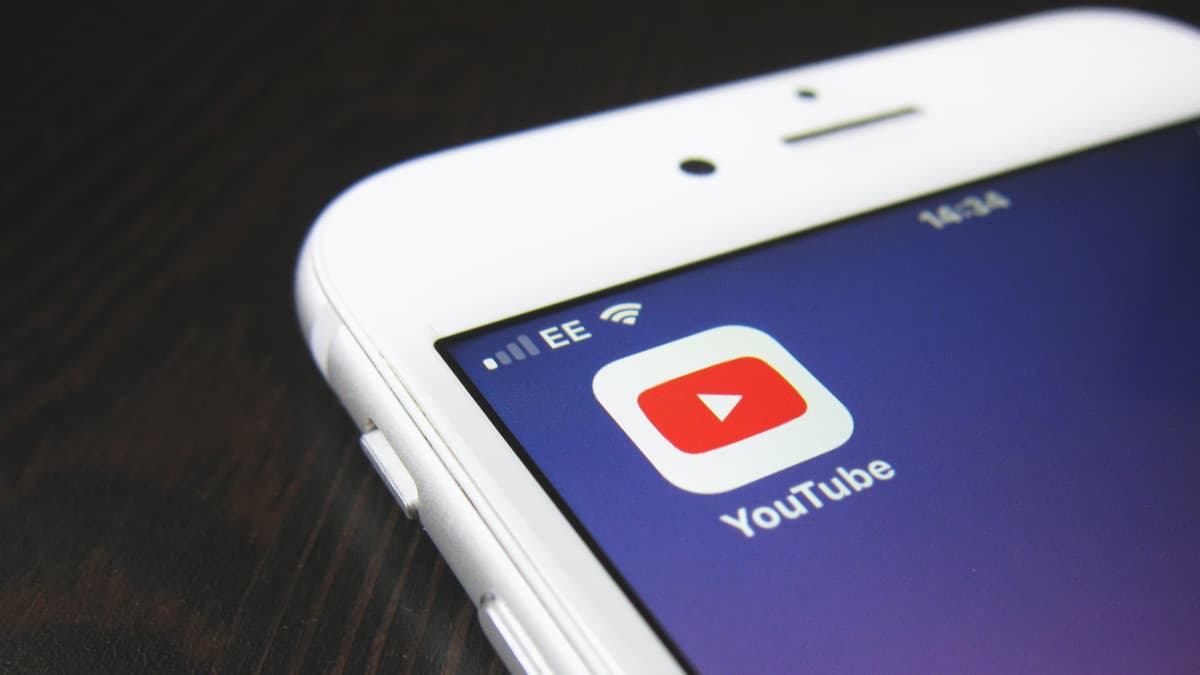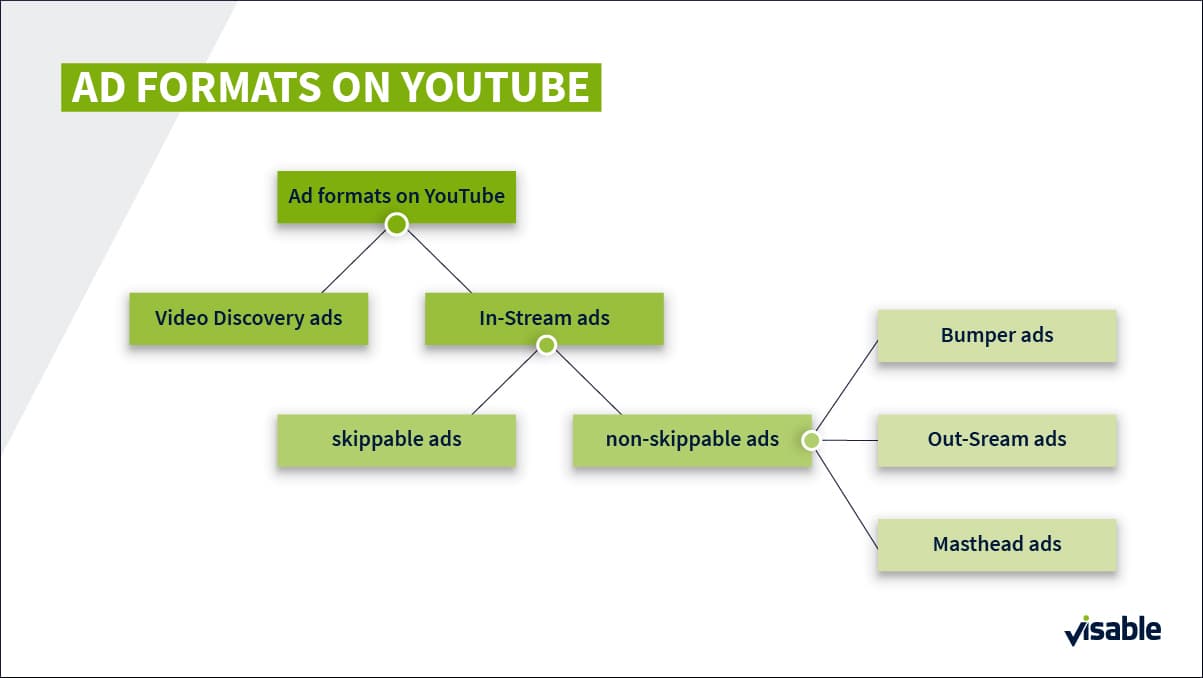The video platform YouTube is becoming more and more important for B2B marketing. It is the largest of its kind and offers advertisers several ad formats and fee models. Thanks to its enormous reach potential, many target groups can be addressed. Read more about the possibilities here.

Photo: Hello I´m Nik/Unsplash.com
Why YouTube ads are important
A presence on YouTube has become nearly indispensable for advertisers. The Google subsidiary is the most frequently visited video platform, with 2 billion visitors a month – registered users alone. Small and medium-sized enterprises (SMEs) are realising the potential of this platform more and more, and including it into their marketing mix. This also goes for the B2B area, where YouTube is gaining significance.
After all, potential business partners also use the channel while researching goods and services. And it has even become a B2B product search engine for companies. Despite this, there are several ad formats on YouTube which enable you to retain existing customers and tap into new target groups. What these possibilities are, how they work and how they are invoiced, is explained here.
The costs of the ad formats on YouTube
The expenditure for video advertising depends on the individual case. A general statement about the costs of the ad formats on YouTube is therefore not possible. The components relevant for the individual price are:
- Ad format
- Length
- Budget
- Runtime
- Time of release
The invoice is sent when users let an ad run for 30 seconds, for example when they click on it or interact with it in any other way.

TrueView video ads
This ad format on YouTube offers two variants:
1. Video Discovery ads
These ads are thumbnail links to ad clips. They are embedded where the attention of users should be grabbed and interest in purchasing the product or brand piqued. For example in the lists with the YouTube search results, near videos with a similar content, or on the home page of the portal.
YouTube invoices these as soon as users click on this ad format and watch the video that appears.
2. In-stream ads
These ads are embedded in other videos or run before or after a video. Users can skip them after a runtime of 5 seconds.
The invoicing of this ad format on YouTube takes place when the user watches the clip for 30 seconds or to the end (cost per view).
Also possible are the bidding strategies cost per mille or per 1,000 impressions, cost per action, and maximise conversions. In these cases, the number of impressions determines the costs.
Non-skippable In-stream ads
This ad format runs to the end of the ad; the user cannot skip it. The maximum runtime of an In-stream ad is 15 seconds. It can be embedded before, during or after other videos. The purpose of this format is to gain brand awareness and reach.
The invoicing is in line with the cost-per-mille bidding process. This means the price depends on the number of impressions.
Bumper ads
These ads also cannot be skipped, have a runtime of 6 seconds and can be shown before, during or after other videos. They, too, are used to reinforce brand awareness and to increase reach.
The basis for the invoicing is likewise the cost-per-mille model. Decisive is therefore the number of impressions from users.
Out-stream ads
Out-stream ads can be used solely for mobile end devices. They do not appear on YouTube itself, but on other websites and in apps (e.g. as banners or news feeds). They run without sound and are only audible when the user clicks on the ad to activate the sound.
More brand awareness and reach are the aims of the Out-stream ad format on YouTube. The invoicing is based on the cost-per-mille goal. But only videos are used for this which run for at least 2 seconds each.
Masthead ads
This ad format on YouTube is blended in on the home page (computer, mobile devices, TVs). It does not apply audio and runs for up to 30 seconds. Masthead ads make sense when it comes to increasing the awareness of a new product or service, or to addressing a broad B2B target group within just a short time.
The Masthead ad format can be booked solely via a Google sales employee. It is invoiced either on a fixed cost-per-mille basis or by cost per day.
